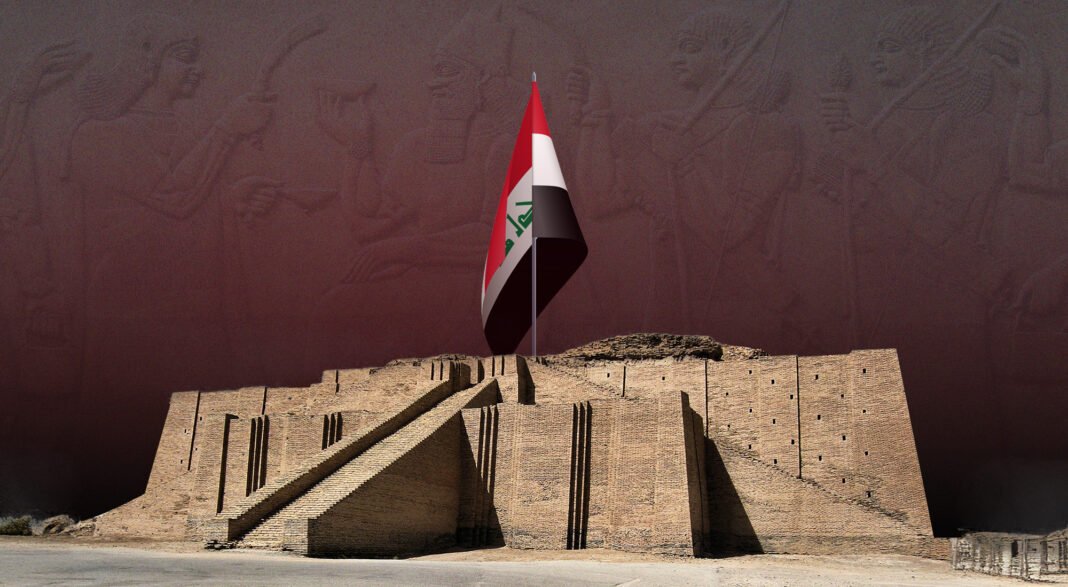Iraq’s cultural revival plan continues with the redevelopment of the historic Mosul riverfront, guided by a focus on heritage and identity. Prime Minister Mohammed Shia Al-Sudani visited the old city to inspect progress and meet teams behind the project. He praised the ongoing work and reaffirmed support for cultural preservation.
The Prime Minister highlighted the deep historical and symbolic value of the site. The area contains many religious and archaeological landmarks, including ancient mosques, churches, and community buildings. These structures reflect Mosul’s diverse and rich cultural fabric.
The project follows heritage-focused standards. A Spanish design firm led the planning, and the work is taking place in partnership with UNESCO. Teams from both federal ministries and local authorities manage the effort closely. Together, they aim to restore—not erase—the site’s unique identity.
During the visit, the Prime Minister emphasized the need to protect the city’s legacy. He called Mosul’s heritage a treasure for Iraq and the world. He said the government will make sure the area’s historic character and spirit stay intact during redevelopment.
Launched earlier this year, the project stretches between Mosul’s old and fifth bridges. The plan includes a riverside promenade, a boat dock, and 273 traditional-style homes. It also provides parks and full infrastructure services, such as water, sewage, electricity, and telecoms.
The Prime Minister asked teams to keep moving quickly without cutting corners. He urged workers to meet their targets while respecting cultural values. Every step reflects the broader goals of Iraq’s cultural revival plan.
Mosul’s recovery from past destruction marks a turning point for Iraq. The government sees this riverfront as a symbol of strength and renewal. Officials want the project to set an example for similar efforts across other cities.
In addition to restoring history, the project creates jobs and builds pride. It draws in architects, historians, and skilled workers. It also opens the door to tourism and cultural events, helping the city return to life.
Through careful planning and global partnerships, Iraq’s cultural revival plan shows that recovery and heritage can go hand in hand. Mosul is not just rebuilding—it is healing with purpose.


